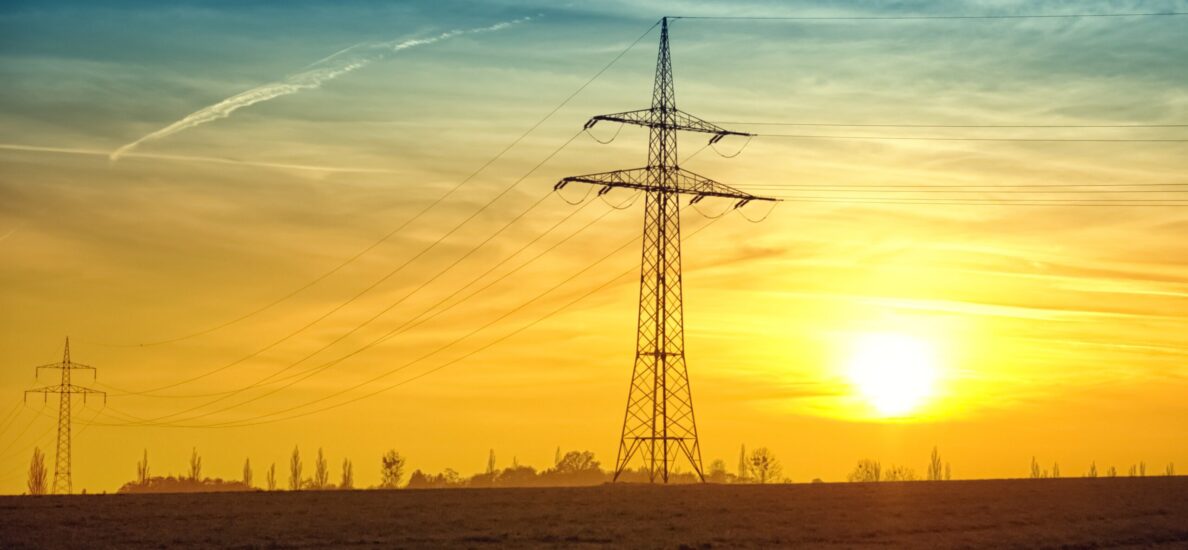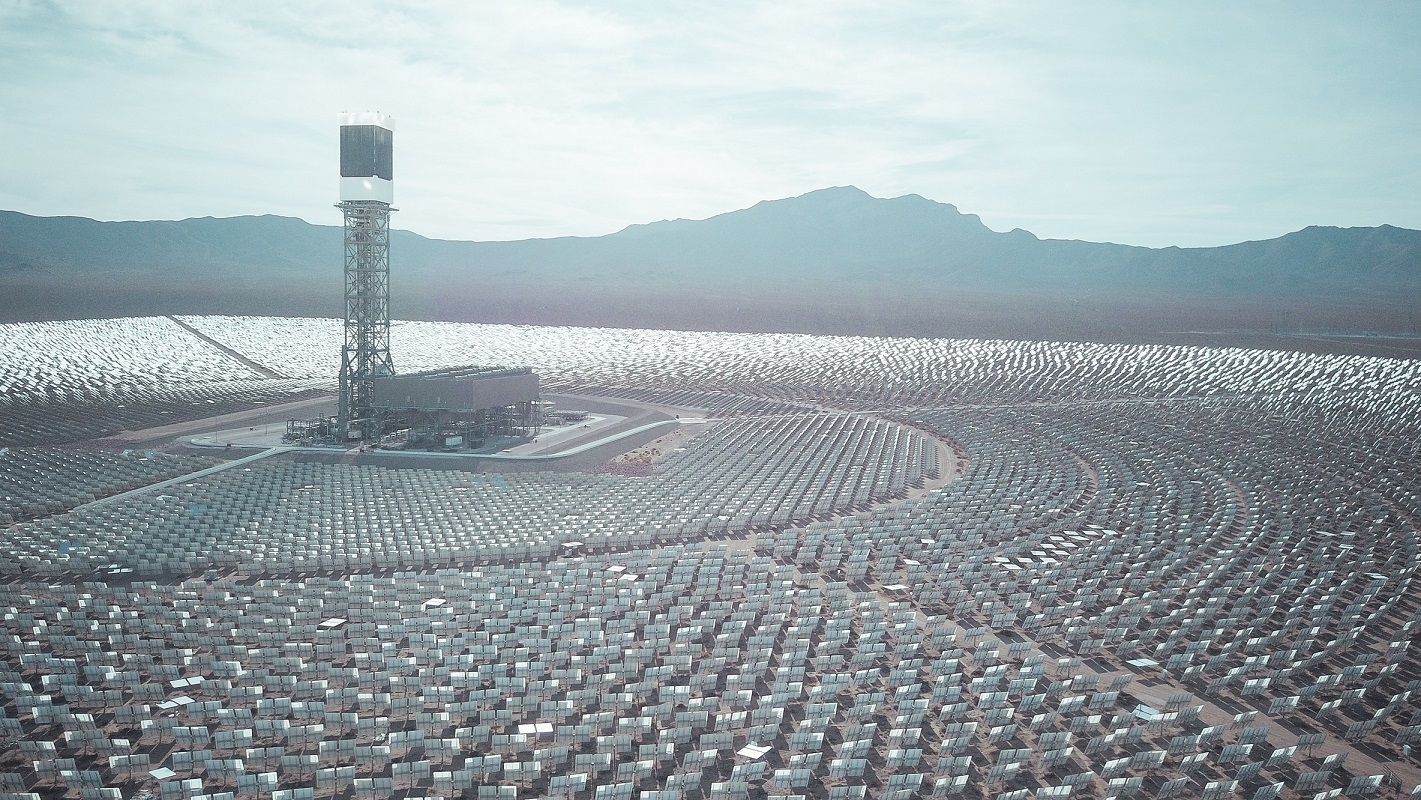What Does a Concentrated Solar Power (CSP) System Do?
Concentrated Solar Power (CSP) systems are a type of renewable energy technology that converts the heat of the sun into electrical power. The basic principle behind CSP technology is to focus the sun’s rays onto a receiver, which absorbs the energy and uses it to generate steam. The steam, in turn, drives a turbine that generates electricity. CSP systems are typically used in large-scale power plants, and they can provide a significant source of clean, renewable energy.
The components of a CSP system typically include a solar field, a receiver, a heat transfer system, a thermal energy storage system, and a power block. The solar field is made up of reflectors or mirrors that are used to concentrate the sun’s rays onto the receiver. The receiver is typically a tube or a tower that is filled with a heat transfer fluid, such as molten salt or oil. When the concentrated sunlight strikes the receiver, it heats up the fluid, which is then used to generate steam. The steam drives a turbine that is connected to a generator, which produces electricity.
One of the advantages of CSP technology is that it can be used in areas with high levels of direct sunlight, such as deserts or other arid regions. In these areas, CSP systems can provide a significant source of renewable energy, without competing for land or water resources with other types of energy generation. CSP technology is also highly efficient, with some systems achieving conversion efficiencies of up to 50%.
Another advantage of CSP technology is that it can incorporate thermal energy storage systems, which allow the power plant to generate electricity even when the sun is not shining. In these systems, excess heat generated during the day is stored in a thermal energy storage system, such as a tank filled with molten salt. This stored heat can then be used to generate electricity at night or during periods of low sunlight. This ability to store thermal energy makes CSP systems a more reliable source of renewable energy than some other technologies, such as wind or solar photovoltaics, which are dependent on weather conditions.
CSP technology can be used in a variety of different configurations, depending on the needs of the power plant and the available resources. One common configuration is the parabolic trough system, which uses curved reflectors to concentrate the sunlight onto a receiver tube that runs along the center of the trough. The receiver tube is filled with a heat transfer fluid, which is heated by the concentrated sunlight and used to generate steam. Another configuration is the power tower system, which uses a central tower surrounded by a field of mirrors. The mirrors reflect the sunlight onto a receiver at the top of the tower, which heats up the heat transfer fluid and generates steam.
CSP technology also has the potential to be used in combination with other renewable energy technologies, such as wind or solar photovoltaics, to provide a more diverse and reliable source of renewable energy. For example, a CSP plant could be used to provide electricity during periods of low wind or low sunlight, while a wind farm or solar photovoltaic array could be used to provide electricity during periods of high wind or high sunlight.
Concentrated Solar Power (CSP) systems are an important source of clean, renewable energy that can provide electricity on demand. CSP technology works by concentrating the sun’s rays onto a receiver, which absorbs the energy and uses it to generate steam. The steam, in turn drives a turbine that generates electricity. CSP technology can be used in a variety of configurations, including parabolic trough and power tower systems, and can incorporate thermal energy storage systems to provide reliable electricity even when the sun is not shining. While CSP technology can be more expensive to build and maintain compared to other renewable energy technologies, its ability to generate electricity on demand and its potential for use in combination with other technologies make it an important part of the transition to a cleaner, more sustainable energy future.
One of the key benefits of CSP technology is its ability to provide electricity on demand. Unlike solar photovoltaics, which only generate electricity when the sun is shining, or wind turbines, which only generate electricity when the wind is blowing, CSP systems can generate electricity whenever it is needed. This is because CSP systems can incorporate thermal energy storage systems, which allow excess heat generated during the day to be stored and used to generate electricity at night or during periods of low sunlight. This makes CSP technology a more reliable source of renewable energy than some other technologies, particularly in areas with high levels of direct sunlight.
Another advantage of CSP technology is its potential for use in combination with other renewable energy technologies. For example, a CSP plant could be used to provide electricity during periods of low wind or low sunlight, while a wind farm or solar photovoltaic array could be used to provide electricity during periods of high wind or high sunlight. This type of hybrid renewable energy system can provide a more diverse and reliable source of renewable energy, helping to reduce dependence on fossil fuels and accelerate the transition to a cleaner, more sustainable energy future.
Despite its advantages, CSP technology also faces some challenges. One of the main challenges is the cost of building and maintaining CSP systems. CSP systems can be more expensive to build and maintain compared to other renewable energy technologies, particularly in the early stages of development. However, as the technology has matured and more plants have been built, the cost of CSP systems has come down. In addition, CSP technology has the advantage of being able to generate electricity on demand, which can help to offset the cost of building and maintaining the system.
In conclusion, Concentrated Solar Power (CSP) systems are an important part of the transition to a cleaner, more sustainable energy future. CSP technology works by concentrating the sun’s rays onto a receiver, which absorbs the energy and uses it to generate steam. The steam, in turn, drives a turbine that generates electricity. CSP technology can be more expensive to build and maintain compared to other renewable energy technologies, but its ability to generate electricity on demand and its potential for use in combination with other technologies make it an important part of the mix. With continued development and investment, CSP technology has the potential to become an even more important source of clean, reliable, and affordable energy.

